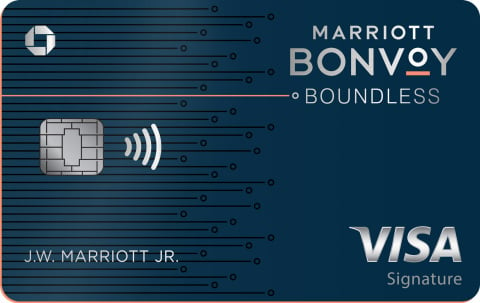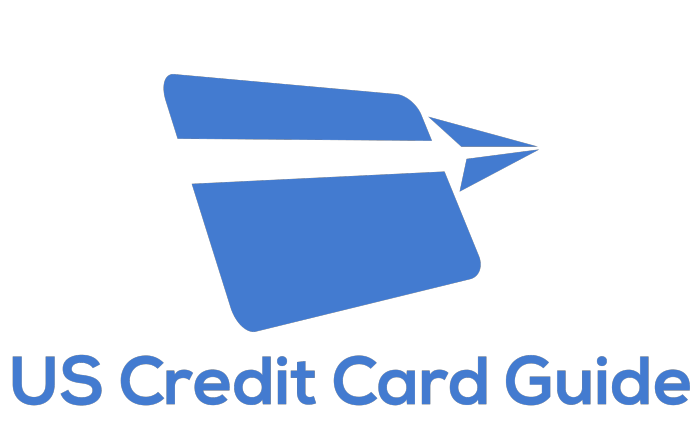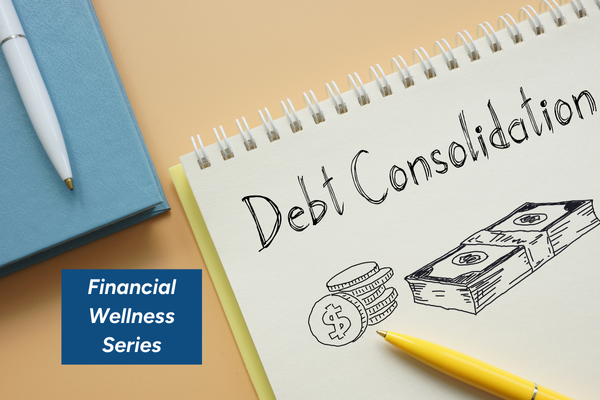
5 Big Changes in Student Loan Forgiveness: Guidance for Borrowers
The Biden administration has announced the most significant updates to its SAVE plan forbearance guidance since a court order stalled the program in August 2024.Eight million borrowers were thrown into limbo — and much of the federal student loan repayment system was thrust into disarray — after the 8th Circuit Court of Appeals issued an injunction this summer.The order was in response to legal challenges filed by a group of Republican-led states, which argued that the SAVE plan was an illegal exercise of executive authority that Congress had not expressly permitted.The Biden administration and many borrower advocates argue that the authority to establish the parameters of IDR plans has long been in place, with more than 30 years of practice and precedent.
“Every Presidential Administration since the 1990s has used that authority to create or continue to offer repayment plans that included certain common elements such as forgiveness after 20 or 25 years of payments,” said the Education Department in a statement last week.As a result of the 8th Circuit’s order, borrowers who had applied to SAVE, enrolled in SAVE, or were automatically converted to SAVE from REPAYE, its predecessor plan, were put into a forbearance.There’s no billing or interest accrual during the forbearance period, but the time doesn’t count toward student loan forgiveness under income-driven repayment (IDR) programs or Public Service Loan Forgiveness (PSLF). Last week, the Education Department updated its guidance on the SAVE plan court actions.It spelled out in far greater detail than before how the injunction impacts the IDR system as a whole and what Biden administration officials are trying to do to give borrowers some options.
Here’s a breakdown.Student loan forgiveness is blocked under the SAVE, ICR, and PAYE plans The Education Department confirmed in its new guidance what many advocates had feared: the sweeping language of the 8th Circuit’s order is not limited to SAVE but covers other IDR plans established under the same legal authority.By way of background, Congress authorized the creation of “income contingent repayment” plans by statute in 1993.The legislation was fairly simple — it authorized the creation of payment plans with monthly payments that would vary with income, with a maximum repayment period of 25 years.
The statute then directed the Education Department to draft more specific regulations, which it did in 1994 to establish the first “ICR” plan.Those regulations specified that student loan forgiveness occurs at the end of that 25-year period, which legislative history suggests is exactly what Congress had intended.Using that same 1993 authority, the Education Department subsequently created the Pay As You Earn (PAYE) plan in 2012, the Revised Pay As You Earn (REPAYE) plan in 2015, and finally, the Saving on a Valuable Education (SAVE) plan in 2023.The Education Department refers to these plans as “IDR plans created by the department.” Congress passed separate legislation in 2007 and 2010, which created the Income Based Repayment (IBR) and the PSLF programs.
The 8th Circuit’s injunction blocks student loan forgiveness under the SAVE plan and the entire line of “IDR plans created by the department” — including ICR, PAYE, REPAYE and SAVE.The department confirmed this in its updated guidance.Borrowers who reach the 20- or 25-year milestone for loan forgiveness under any of these plans will not receive a discharge.Instead, they will be put into an interest-free forbearance while the litigation continues.
IBR and PSLF unaffected by court injunction The Department also confirmed that the injunction does not block student loan forgiveness under IBR and PSLF because the 8th Circuit conceded that Congress expressly permitted student loan forgiveness in 2007 and 2010 when it passed legislation establishing these programs (the court said that the department-created IDR plans are more “ambiguous” based on the 1993 statutory text). Payments that were made under the department-created plans (as well as IBR) still count toward student loan forgiveness for IDR and PSLF, says the updated department guidance.But the injunction blocks loan forgiveness itself. So, some borrowers who are nearing the end of their 20- or 25-year loan forgiveness term may want to consider switching to the IBR plan (but that could come with some major downsides and complications, including higher payments, a “partial financial hardship” requirement and some interest consequences). IDR processing is resuming soon The new guidance indicates that the Education Department is still updating its internal systems to comply with the 8th Circuit’s order, but IDR processing should resume soon.“In the coming weeks, the Department expects servicers to begin processing certain IDR applications that were paused following court orders affecting the terms and availability of IDR plans,” says the guidance. This includes applications for IBR, as well as borrowers who had applied for the PAYE and ICR plans prior to July 1, when they were phased out (those borrowers have been stuck in limbo, too, since all IDR processing was halted after the 8th Circuit issued its injunction in August). PAYE and ICR plans might be coming back Speaking of PAYE and ICR (which were largely discontinued in conjunction with the rollout of SAVE), the Education Department said in its updated guidance that officials are beginning a process to try to restore access to these plans so that borrowers stuck in the SAVE plan forbearance have additional repayment options.“This fall, the Department will take action to reopen the PAYE and ICR repayment plans to new enrollees, who otherwise meet the eligibility requirements,” says the new guidance.
“Doing so will allow the Department to meet its obligations under the Higher Education Act to offer borrowers a repayment option through the same authority used to create the SAVE plan.For borrowers who would prefer to make payments during this time period — such as borrowers pursuing PSLF or low-income borrowers who would owe no monthly payments — enrolling in PAYE or ICR may be an option to consider.The Department will share more in the coming weeks on the timeline for this repayment plan change.” IBR remains an option for borrowers looking to change plans (with the caveats noted above), although borrowers should expect long processing delays if they submit an application to switch.PSLF buyback improving, IDR buyback option in the works The Education Department also indicated that it is working on improving access to PSLF Buyback.
This new program would allow borrowers to remain in the SAVE Plan forbearance but subsequently “buy back” the period so that it can count toward loan forgiveness under the PSLF program.“The Department is continuing to improve operations for the PSLF Buy Back program,” says the guidance.“Borrowers with 120 months of eligible employment can buy back months that were not originally counted as qualifying payments because the borrower was in an ineligible deferment or forbearance status.Borrowers must submit a buyback request and make an extra payment of at least as much as what borrowers would have owed under an income-driven repayment (IDR) plan during the months they are trying to buy back.” The department is also in the early stages of creating an “IDR Buyback” option modeled on the PSLF version.
Although not included in the official updated guidance published online, department officials suggested in a separate memo to borrower advocates that this new program could be launched toward the end of 2025.
Publisher: Source link





